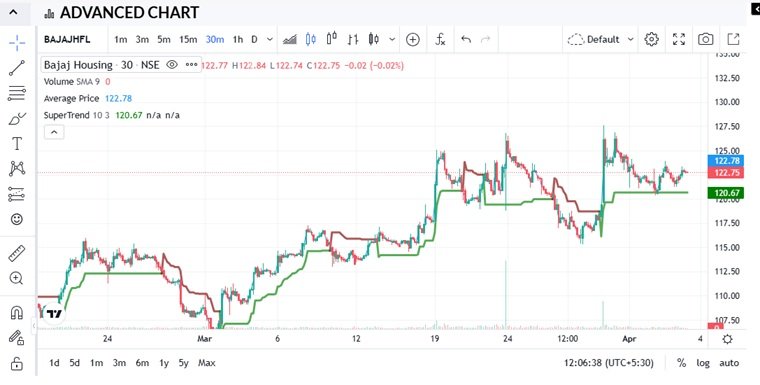Introduction
In the world of trading, success is not built on luck—it’s built on preparation, discipline, and consistent analysis. For traders aspiring to move beyond guesswork, mastering forex market analysis is a critical first step. Many professionals sharpen their skills with structured training and access to capital through a forex prop firm. In fact, choosing the best prop firm in India can give traders the financial backing and resources they need to accelerate growth.
For beginners seeking to strengthen their knowledge base, exploring concepts such as what is scalp trading can provide valuable insight into short-term market tactics before advancing into complex strategies.
This article breaks down the fundamentals of market analysis, explains how to apply it to your forex trading strategy, and highlights how it integrates into a professional forex prop firm strategy.
The Three Pillars of Forex Market Analysis
1. Fundamental Analysis
Fundamental analysis involves studying macroeconomic indicators, central bank policies, and global news. For example:
- Interest rates: A rate hike from the Federal Reserve often strengthens the U.S. dollar.
- Inflation data: Rising inflation can prompt monetary tightening, impacting currency valuations.
- Geopolitical events: Elections, wars, or trade deals often cause significant volatility.
Understanding fundamentals helps traders anticipate long-term trends and avoid being blindsided by news-driven volatility.
2. Technical Analysis
Technical analysis is the study of price charts, patterns, and indicators. Common tools include:
- Moving Averages: Identify trend direction and momentum.
- RSI (Relative Strength Index): Spot overbought or oversold conditions.
- Support & Resistance Levels: Define zones where price often reacts.
Technical analysis is particularly valuable for timing entries and exits—critical for both scalpers and swing traders.
3. Sentiment Analysis
Market sentiment reflects the collective psychology of traders. Tools like the Commitment of Traders (COT) report and market positioning data reveal whether traders are bullish or bearish. Combining sentiment with technical and fundamental insights can create a stronger edge.
Applying Market Analysis to a Forex Trading Strategy
A structured forex trading strategy blends analysis with risk management. Consider the following framework:
- Trend Alignment: Confirm fundamentals and technicals point in the same direction.
- Entry Triggers: Use candlestick patterns or moving average crossovers for precise timing.
- Risk Management: Always calculate position size and risk no more than 2% of account equity.
- Exit Plan: Define both profit targets and stop-losses before entering a trade.
For example, if the European Central Bank signals policy tightening (fundamental), and EUR/USD breaks above resistance (technical), the confluence supports a long trade with higher conviction.
Forex Prop Firm Strategy: Why Analysis Matters Even More
Trading with a forex prop firm raises the stakes. Unlike personal accounts, funded accounts come with strict evaluation criteria—daily loss limits, drawdown caps, and profit targets. This environment demands an analysis-driven approach.
Key points for a forex prop firm strategy include:
- Conservative Risk Per Trade: Stick to low exposure to avoid breaching firm rules.
- High-Quality Setups Only: Focus on trades backed by multiple layers of analysis.
- Consistency Over Aggression: Firms reward steady performance, not oversized wins.
- Adapting to Firm Policies: Align strategy with specific firm rules, such as no overnight trading in some cases.
By mastering forex market analysis, traders position themselves not just to pass evaluations but to thrive in long-term funded trading.
Expert Commentary: Market Analysis as a Professional Edge
The difference between amateur and professional traders often lies in the depth of their analysis. Amateurs chase price moves; professionals anticipate them.
In regions like India, prop trading is on the rise, with firms offering significant capital to disciplined traders. Selecting the best prop firm in India ensures access to competitive spreads, favorable rules, and reliable payouts—all while allowing traders to focus purely on performance.
Ultimately, the discipline of market analysis transforms trading from speculation into a structured, repeatable process.
Conclusion
Mastering forex market analysis is the cornerstone of every successful trading career. By integrating fundamentals, technicals, and sentiment, traders can design robust forex trading strategies that thrive across market conditions. For those advancing into prop firm environments, this foundation becomes even more critical, as it directly impacts evaluation success and long-term profitability.
Whether you’re experimenting with short-term tactics like scalp trading or building a sustainable forex prop firm strategy, the principle remains the same: informed decisions create consistent results. With education, discipline, and access to the right resources, every trader has the potential to trade like a professional.














Leave a Reply